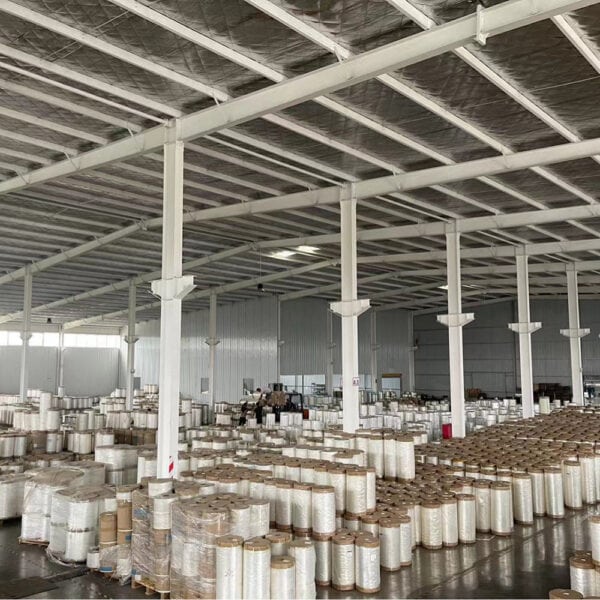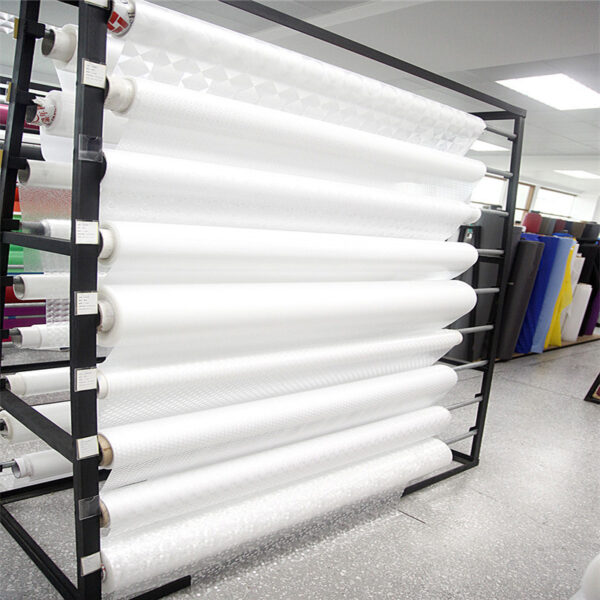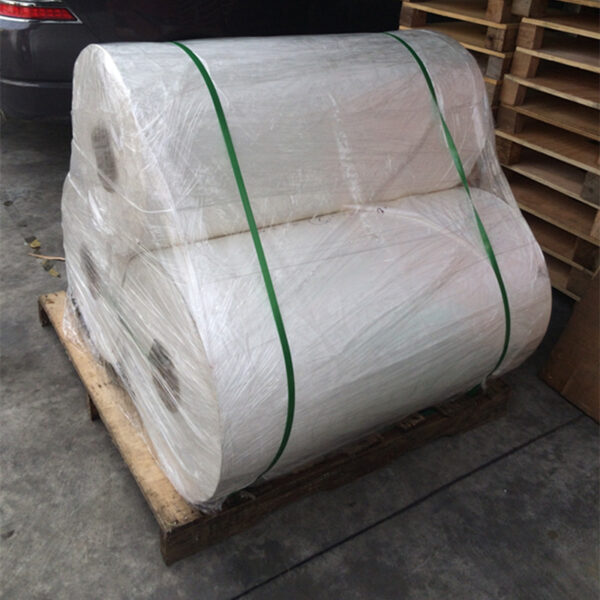Choosing the right film for a flow packing machine is crucial. Without the proper film type, sealing failures and product contamination can occur. Use industry-specific films to enhance product protection and reduce wastage.
Flow packing machines commonly use films such as polyethylene (PE), polypropylene (PP), bioplastic, and multilayer films. Each film type has unique properties for sealing, durability, and barrier protection, catering to different product requirements.
Understanding the types of films and their characteristics is essential for selecting the best option for your packaging needs.
Polyethylene (PE) Films
Polyethylene films are among the most common choices in flow packing machines. These films are known for their flexibility, moisture resistance, and cost-effectiveness, making them ideal for packaging products such as baked goods, snacks, and other dry foods. PE films also offer strong sealing capabilities, ensuring the product remains fresh and secure. However, due to their basic construction, they might not provide extensive barrier protection against gases or strong odors.

Polypropylene (PP) Films
Polypropylene films provide better transparency and a higher melting point compared to PE films. They are particularly useful for items requiring excellent presentation and heat resistance, such as candies and confections. Additionally, PP films are often used in combination with other materials to form composite or multilayer films, enhancing their barrier properties against oxygen and moisture. For industries that require more durability and heat tolerance, using PP films is a wise choice.

Multilayer Films
Multilayer films are created by combining two or more layers of different materials. This construction allows manufacturers to take advantage of various properties like flexibility, strength, and barrier protection. Multilayer films are commonly used in industries where products, such as meats and dairy, need an extended shelf life and comprehensive protection against external contaminants. These films are also suitable for high-speed applications in packaging machines.

Biodegradable and Bioplastic Films
As environmental consciousness grows, the demand for sustainable packaging solutions like biodegradable and bioplastic films is increasing. These films are designed to offer similar protective qualities to traditional plastics but decompose faster under certain conditions, reducing the long-term impact on the environment. Companies aiming to reduce their carbon footprint are progressively switching to these films, aligning with global sustainability goals.

Laminated Films
Laminated films are composed of two or more layers bonded together. This combination results in enhanced strength, barrier protection, and printability. Laminated films are commonly used in packaging products that require extended shelf life or protection from light and moisture, such as processed foods and pharmaceuticals. These films can incorporate layers of aluminum foil, paper, and plastics, optimizing protection for sensitive goods.

Cellophane Films
Cellophane is another option that offers a biodegradable solution while maintaining transparency and moisture resistance. This film is favored in packaging baked goods, candies, and other products where a natural appearance is desirable. Although cellophane does not provide the same strength or sealing capacity as PP or multilayer films, it remains a popular choice for packaging products that benefit from its aesthetic appeal.

Use of Special Coatings and Additives
In addition to material selection, films used in flow packing machines can be enhanced with special coatings and additives. These treatments improve slip, printability, and sealing performance. Common additives include UV blockers, anti-fog treatments, and heat-seal coatings. By incorporating these features, films can be tailored to meet specific product and environmental requirements.
Key Considerations in Film Selection
When selecting a film for a flow packing machine, it’s crucial to consider the product type, desired shelf life, and environmental factors. Factors like thickness, clarity, flexibility, and barrier properties influence the overall performance of the packaging. Evaluating these parameters helps in selecting the right film for efficient and cost-effective packaging.
Conclusion
Selecting the right film for a flow packing machine enhances product protection, improves shelf life, and supports brand sustainability efforts. With the various film options available, manufacturers can optimize their packaging to suit diverse product needs and market trends. Investing in the right films and labeling machines ensures a seamless and efficient packaging process for high-quality output.









